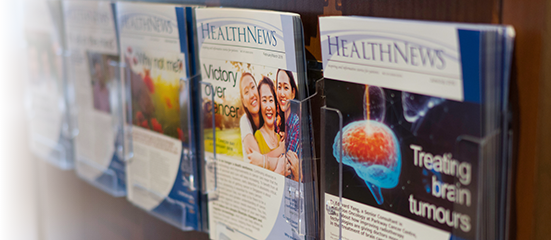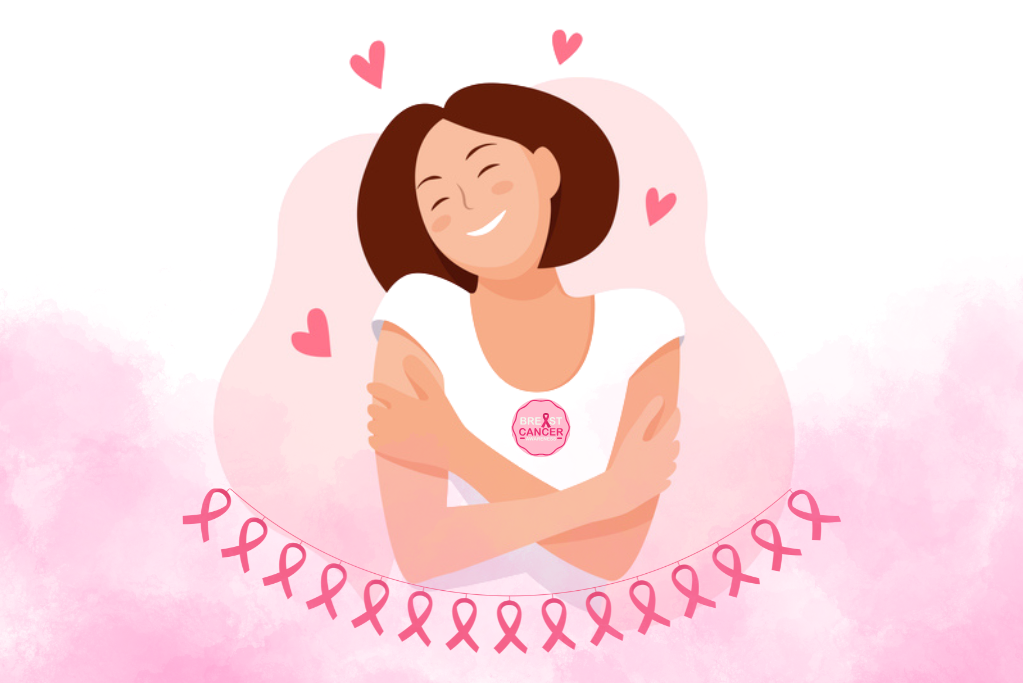News & Articles

Mammographers: The Front Line of Breast Cancer Detection

Often unnoticed but always essential, mammographers bridge patients and radiologists. From easing fears and clearing misconceptions to ensuring high-quality images for accurate diagnosis, their role is central to early breast cancer detection.
This article is contributed by Rashidah Hameed, who is a Senior Radiographer at Medi-Rad Associates Ltd, Parkway Radiology, with more than 20 years of experience here.
HOW WOULD YOU DESCRIBE YOUR ROLE IN MAMMOGRAPHY?
Mammographers are on the front line when it comes to patient care and clinical efficacy. They are the eyes and ears of the radiologist, a channel for information from patient to radiologist.
From positioning and communication to documentation, they can represent the difference between a caught or missed cancer. The mammographer plays a vital role of bridging the radiologist and the patient. The information the mammographer does or does not convey can aid in diagnosis and action and have potential repercussions on the patient.
Critically, the mammographer serves as the first checkpoint, making sure that the correct examination is performed based on the patient’s presentation.
The mammographer possesses strong technical knowledge, including expertise in positioning, compression, and image quality while also demonstrating excellent interpersonal skills and empathy to make patients feel comfortable and at ease during the procedure.
All necessary quality control and safety checks are carefully done to ensure safety and accuracy before the start of the day. The mammographer then prepares to receive patients, going through the screening process and performing checks to ensure that the women fit the criteria for mammogram screening and that all vital information is recorded accurately. The mammographer performs the examination and acquires high quality images which are then reviewed by the radiologists.
WHAT ARE SOME COMMON FEARS OR CONCERNS PATIENTS EXPRESS?
Patients are often anxious about their exam due to the possibility of “something” being found on their mammogram, “Will this be the day that I am told that I have breast cancer?” This anxiety is often heightened by a lack of knowledge about what to expect during the mammogram procedure.
Patients are also concerned about the pain. Often times patients might also have had previous painful experiences of mammograms done or heard from peers how painful it was for them and they come already dreading the examination.
Radiation is another common concern. We assure them that our systems are fully digitalised and the radiation dose is low (0,85mSv, approximately two months of background radiation). We also provide additional radiation protection to the lower abdomen and neck.
HOW DO YOU ENSURE THAT PATIENTS FEEL SAFE, RESPECTED, AND COMFORTABLE DURING THEIR MAMMOGRAM?
Communication is very important to gain the trust and cooperation of the patient. A friendly and patient mammographer will help the patient relax and feel less afraid. Mammographers must be approachable and attentive, gentle and calm, attentive and supportive, positive and reassuring.
To allay their fears, effective, clear, accurate communication can clarify their misconceptions and significantly improve the experience of the patients. The in-person communication is also vital to gain the patients’ family or personal history with breast cancer, help educate the patients, gain their trust and help them feel at ease, making it easier for them to cooperate with positioning, which in turn improves image quality.
We also reassure patients that they are in control and can always inform us if the compression is too painful. With improved technology, only minimal compression is required to obtain a quality image.
WHAT ARE SOME COMMON MISCONCEPTIONS PEOPLE HAVE ABOUT MAMMOGRAMS OR BREAST CANCER SCREENINGS?
Radiation exposure: The most common misconception is that the radiation exposure is high and can cause breast cancer. In actual fact, the radiation exposure from a mammogram is very low and the benefits of early detection outweighs the risk.
No family history of breast cancer means low risk: Many women with breast cancer do not have a known risk factor. All women should get screened regularly starting at 40 years old.
Pain: Patients need to be aware that they are in control and can communicate to the mammographer if they are in a lot of pain. There will be pressure felt on the breast during the compression, and the discomfort levels may differ for different individuals. Most patients experience minor discomfort and it is usually brief, not severe. Women can schedule their mammograms when the breast is less tender or after their menstrual cycle.
You only need a mammogram if you feel a lump or have symptoms: Regular mammograms can detect most breast cancers before symptoms appear. Not all breast cancer present as lumps: findings of architectural distortion and microcalcifications are often detected in asymptomatic patients.
WHY IS EARLY DETECTION THROUGH SCREENING SO IMPORTANT IN THE FIGHT AGAINST BREAST CANCER?
Early detection through screening increases the chance of successful treatment and survival. Breast cancer when detected in its precancerous stage has excellent chances of prevention. When it is discovered early, the chances are it has not spread and patients usually have potentially better prognosis.
To support this, advanced 3D mammography services are available in Parkway Radiology to cater to the diverse needs of women, including younger women with high risk factors. 3D Mammography captures multiple images from different angles that are then reconstructed into high-resolution, layered views of the breast tissue. A 3D Mammogram offers a more detailed view than a conventional 2D Mammogram. This allows clearer examination of the breast tissue, especially for women with dense breast tissue, which is prevalent among Asian women.
And for those who are hesitant, don’t wait for symptoms such as lumps or pain before scheduling breast screening, especially if they are 40 years old and above. Breast cancer can happen to anyone, and early detection saves lives. Discuss with your doctor to know your risk factors and the best time to start your screening.
TAKE CHARGE OF YOUR HEALTH TODAY
Mammography services including 3D Mammography are available at various Parkway Radiology facilities. You could also check the schedule of Parkway Radiology’s MammoXpress, a mobile bus providing one-stop mammography services on the go, equipped with AI-powered mammography system for enhanced diagnostic accuracy.
Find out more at www.parkwayradiology.com.sg or contact +65 6388 4333 / WhatsApp +65 8798 8008.
| POSTED IN | Cancer Prevention |
| TAGS | breast cancer |
| READ MORE ABOUT | Breast Cancer |
| PUBLISHED | 01 October 2025 |
